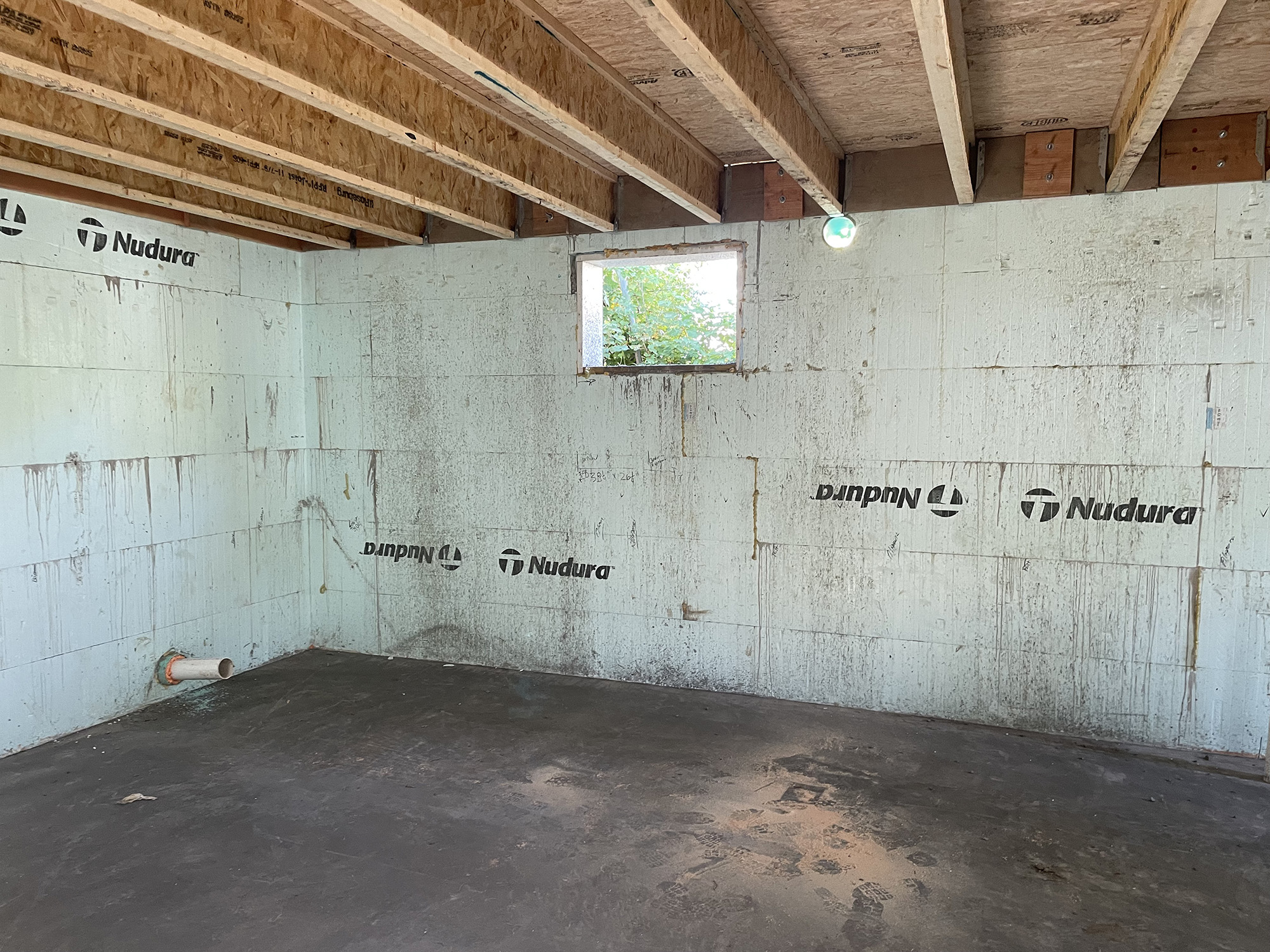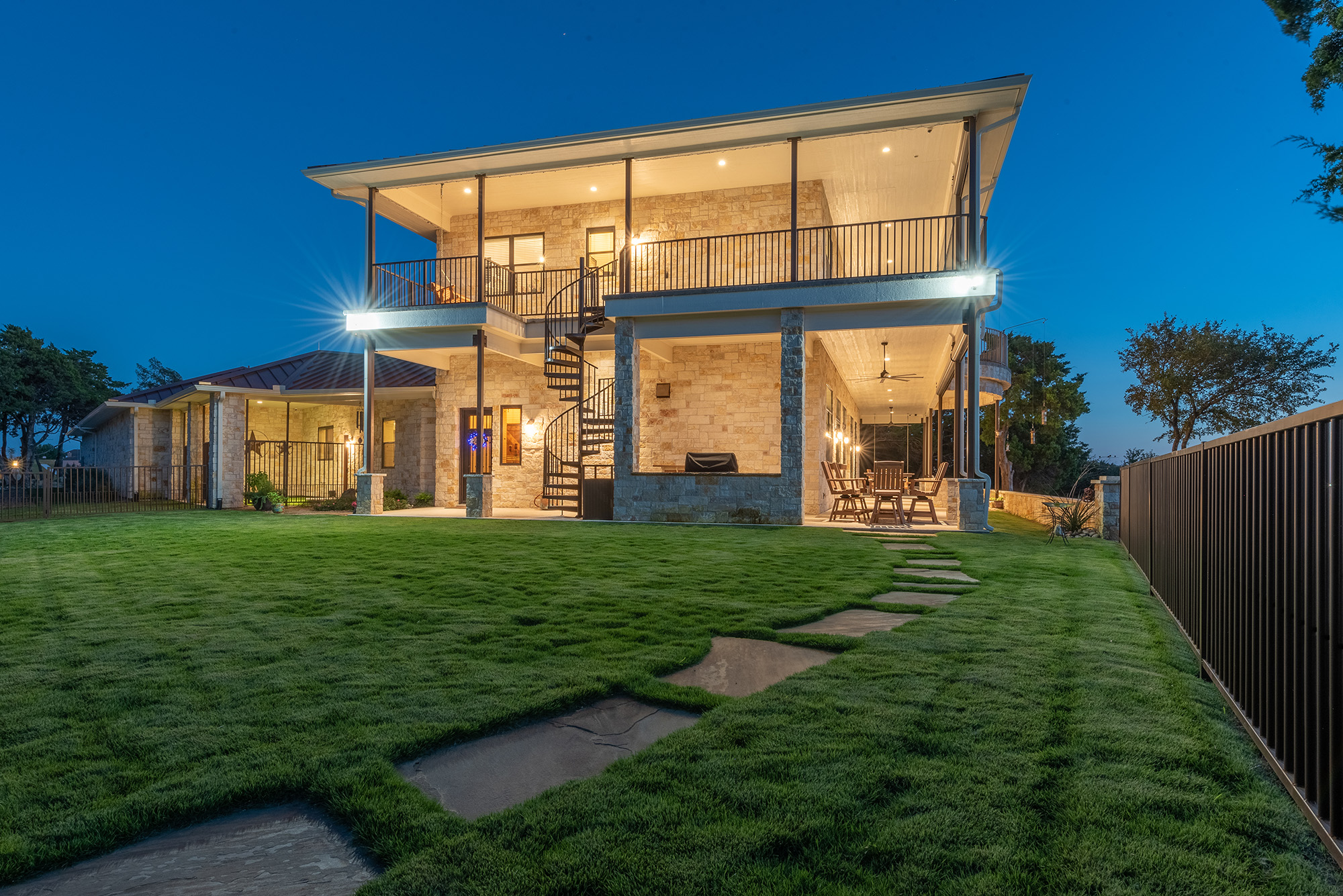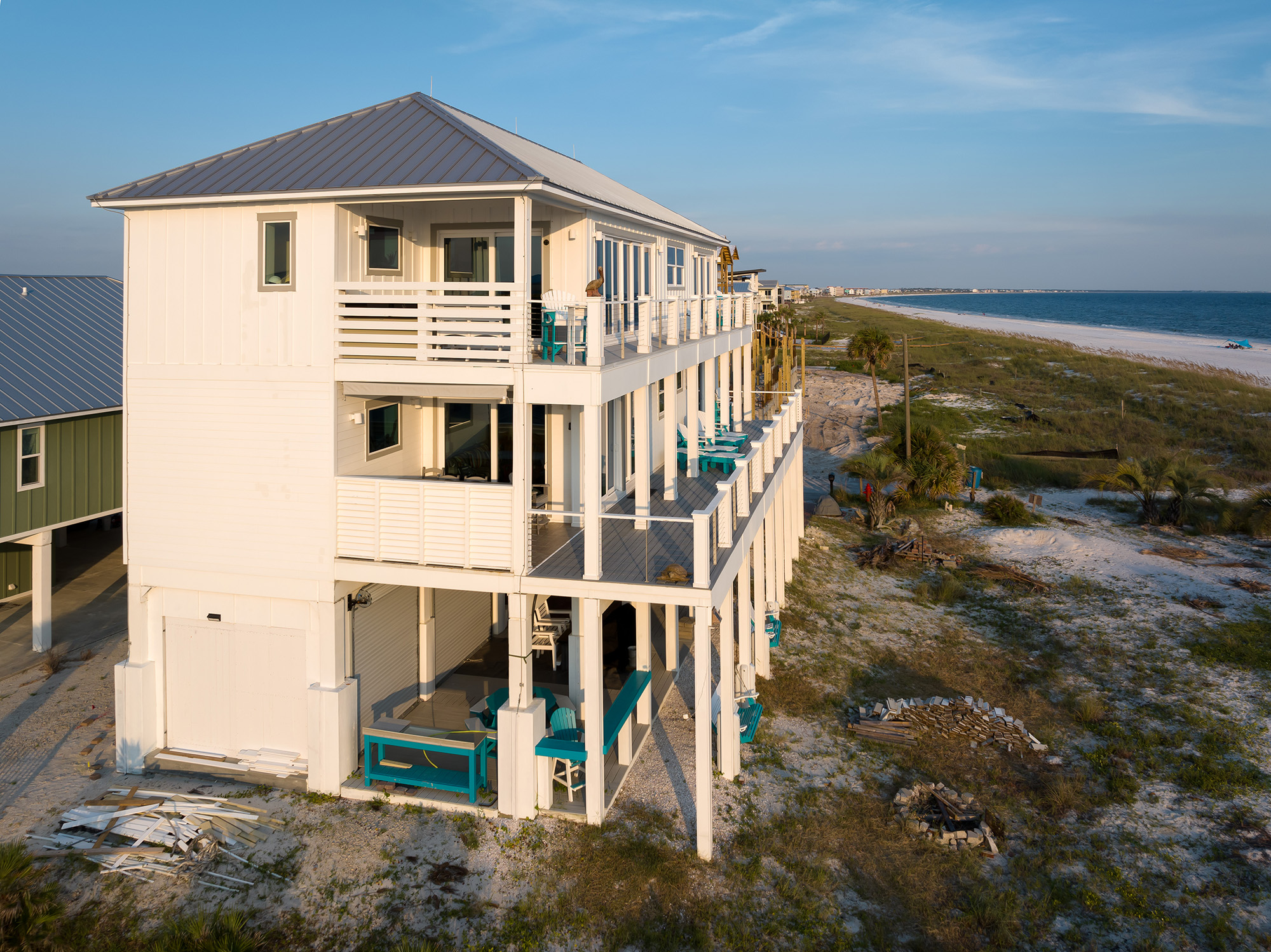
- Products
- Why Nudura
- Nudura Project Applications
- Training Academy
- Resources
- Company
While Insulated Concrete Forms (ICFs) are an ideal solution for foundations and basements, there is a misnomer that they are only utilized for those below-grade conditions. In fact, ICFs can be used above-grade all the way to the roof to enhance their insulation and durability benefits to the end-user. See some other unique uses of ICFs here.
The Truth Behind ICFs and Whole Home Construction
In the past, many architects and builders believed that ICFs were only suitable for foundations rather than the entire building envelope. In truth, with proper engineering, you can use Nudura's insulated concrete forms to build as high as you'd like with stronger structural integrity than wood-frame or steel-framed construction.
Our code prescriptive structural reinforcement data can take a residential project up to two stories before requiring additional review by an engineer. In fact, there are many commercial projects that have gone up 10 stories and higher using Nudura ICFs for the structural walls. Even these taller structures have maintained disaster-resiliency and can withstand wind speeds upwards of 250 mph (402 kph). That means that even in the face of a tornado or hurricane, ICF buildings will remain intact.
 ICF Basements and ICF Foundations
ICF Basements and ICF Foundations
Gone are the days of drafty, musty basements. Insulated concrete forms are a durable, watertight solution for constructing basements and foundations. The continuous interior and exterior insulation combined with the solid concrete core and an appropriate waterproofing application, alleviates fear of water intrusion and fluctuation of the indoor temperatures, so you don’t have the mold smells and cold spots we’ve all experienced in older homes. With an ICF basement, you get a comfortable living space, not just a storage area or wasted square footage.
Energy Efficient ICF Homes
If you’re looking for a sustainable home, ICFs are the way to build, with performance that meets or exceeds Passive House standards. Their insulating power reduces air leakage resulting in decreased utility bills as your heating and cooling systems won’t have to work as hard to keep your interior temperatures consistent. When extreme temperatures hit, the thermal mass of ICF walls helps reduce your footprint on the electrical grid.
So, if you’re building an ICF basement, why not extend the durability, energy-efficiency, and cost-savings to the rest of your home?
ICF vs Wood
In wood-framed houses, there are wood studs typically every 16 inches with fiberglass batt insulation in between. The wood studs are areas where the insulation stops, leading to kinetic energy and the transfer thermal properties both hot and cold. These are called thermal breaks, which work in both directions where the interior conditioned air can leak out and the exterior air can leak in. This is very inefficient and leads to higher heating and cooling costs to keep mechanicals running to accommodate for the air leakage. Insulated concrete forms, however, have two sides of continuous insulation with a monolithic core of concrete virtually eliminating thermal bridging. This energy-efficient way of building adds up over time for significant financial savings for the homeowner.
Read this blog to dispel other myths about ICF construction.
CONTACT US
We’re committed to supporting homeowners and design professionals who are interested in or use our products. We’re always happy to help and provide more information.





